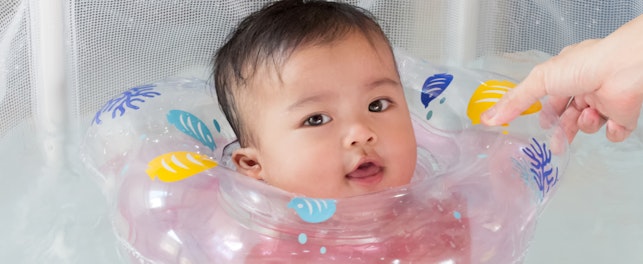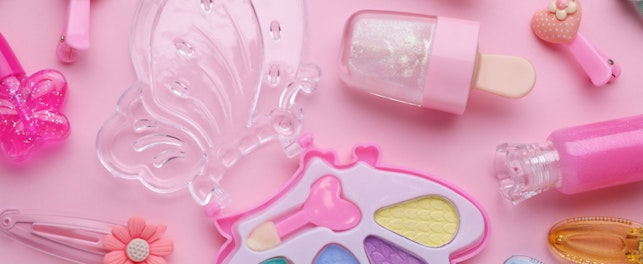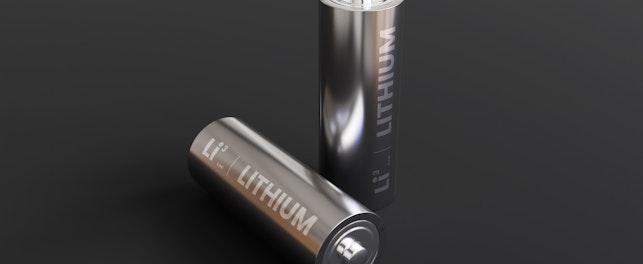The European Chemicals Agency (ECHA) has recently published a guidance document in relation to the restriction of lead in articles for the general public that can be mouthed by children. This document provides general considerations on the scope and examples of products or components falling or not falling under the scope of restriction according to REACH Annex XVII.
In May 2015, we [1] informed you that the ECHA announced a call for comments for the draft guidance document in relation to the restriction of lead in articles or accessible parts of articles for the general public if such products or components may be placed in the mouth by children during normal or reasonably foreseeable conditions of use under entry 63 of Annex XVII of REACH [2] (Regulation (EU) 2015/628).
On 25 May, 2016, the ECHA published this guidance document [3] under REACH Questions & Answers [1190] [4] to assist economic operators and law enforcement authorities in understanding and meeting the obligations under REACH. According to the guidance document, the primary group at risk is children between 6 and 36 months. The restriction targets articles and accessible parts of articles (‘Products’) meeting all of the following 3 conditions:
- The ‘Products’ are supplied to the general public and contain at least 0.05% lead and its compounds
- The ‘Products’ may be placed in the mouth by small children during normal or reasonably foreseeable conditions of use.
- The ‘Products’ are not covered by a derogation
A major factor in determining whether an article or an accessible part of an article falls under the scope is ‘if it may be placed in the mouth by children’. ‘Placing in the mouth’ means ‘the article or parts of an article can be brought to the mouth and kept in the mouth so that it can be sucked and chewed. If it can be licked, it is not regarded as ‘placed in the mouth’.
An article or an accessible part of an article may be placed in the mouth if:
- It is less than 5 cm in one dimension or
- It has a detachable or protruding part of that size
According to the guidance document, the other important factors in determining whether an article or an accessible part of an article may be placed in the mouth are:
- Accessibility as determined in accordance with EN 71-1. By definition, inaccessible parts cannot be placed in the mouth.
- ‘Normal conditions of use’ are associated with the main function of an article
- ‘Reasonably foreseeable conditions of use’ are conditions of use that can be anticipated as likely to occur because of the appearance and function of the article. Some characteristics of an article that would make it out of reach of children include whether the article is manifestly dangerous, or whether it is installed at a height or in a location that is out of reach of children.
The guidance document provides a ‘stepwise approach/decision tree’ to assess whether an article is within the scope. It also provides examples of articles that are within or outside the scope. Articles intended exclusively for professional/industrial uses are excluded from the scope of this restriction.
The full list of examples of articles considered to fall under the scope of the regulation can be found in Annex-1 of the guidance document. Examples of outdoor articles that are considered to be within or outside the scope of restriction can be found in Annex-4. Please note that the ECHA guidance gives examples. It does not provide a complete list of articles that define the scope of the regulation.
An indicative list of selected product categories and respective articles falling under the scope are summarized in Table 1.
Table 1
| Entry | Product Category | Example |
|---|---|---|
| 1 | Accessories |
|
| 2 | Childcare articles |
|
| 3 | Clothing (including buttons, fasteners or decorative objects) |
|
| 4 | Footwear |
|
| 5 | Interior decoration items |
|
| 6 | Outdoor articles |
|
| 7 | Sports and leisure items (particularly handles and grips) |
|
| 8 | Stationery Items |
|
SGS will follow up and inform interested parties as developments on REACH regulation occur. Our expertise combined with consultancy services and experience in consumer product supply chains provides a central point of contact for global solutions. If you would like to learn more about how SGS can support your REACH compliance activities please visit www.sgs.com/reach.
For enquiries, please contact:
Hing Wo Tsang
Global Hardlines
t: +852 2774 7420
Stay on top of regulatory changes within your industry: subscribe to SafeGuardS!
© SGS Group Management SA - 2016 - All rights reserved - SGS is a registered trademark of SGS Group Management SA. This is a publication of SGS, except for 3rd parties’ contents submitted or licensed for use by SGS. SGS neither endorses nor disapproves said 3rd parties contents. This publication is intended to provide technical information and shall not be considered an exhaustive treatment of any subject treated. It is strictly educational and does not replace any legal requirements or applicable regulations. It is not intended to constitute consulting or professional advice. The information contained herein is provided “as is” and SGS does not warrant that it will be error-free or will meet any particular criteria of performance or quality. Do not quote or refer any information herein without SGS’s prior written consent.



